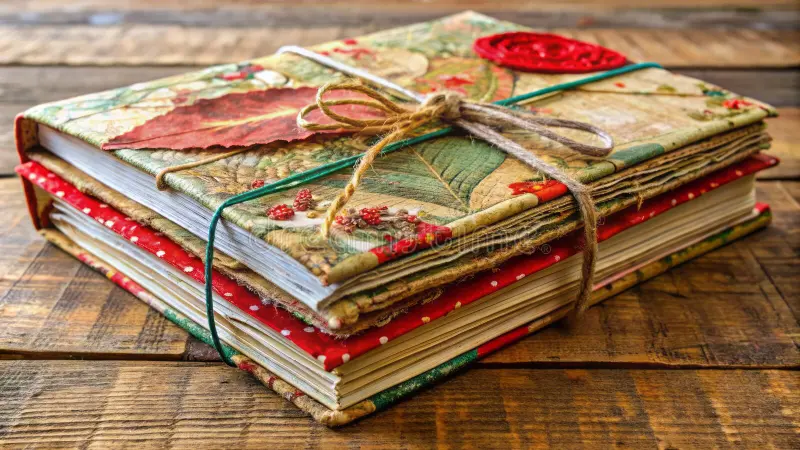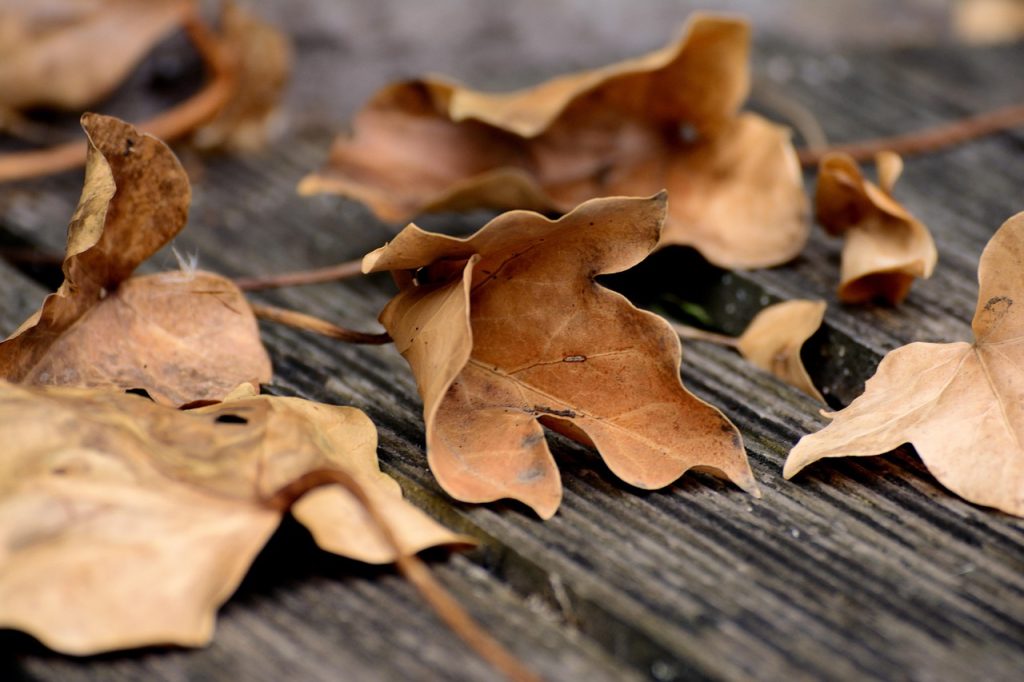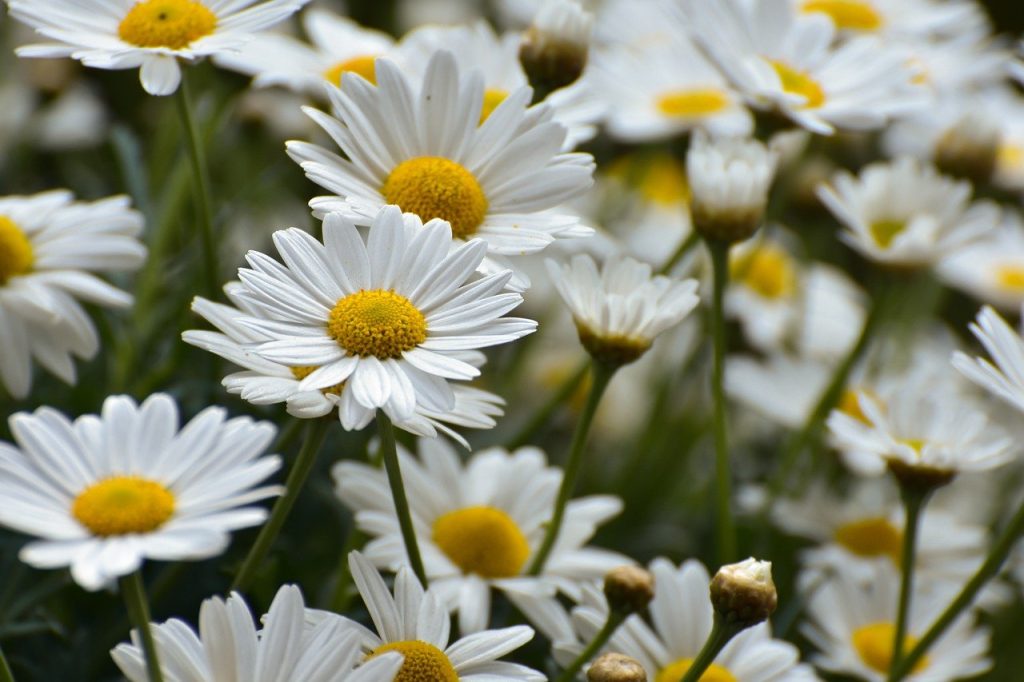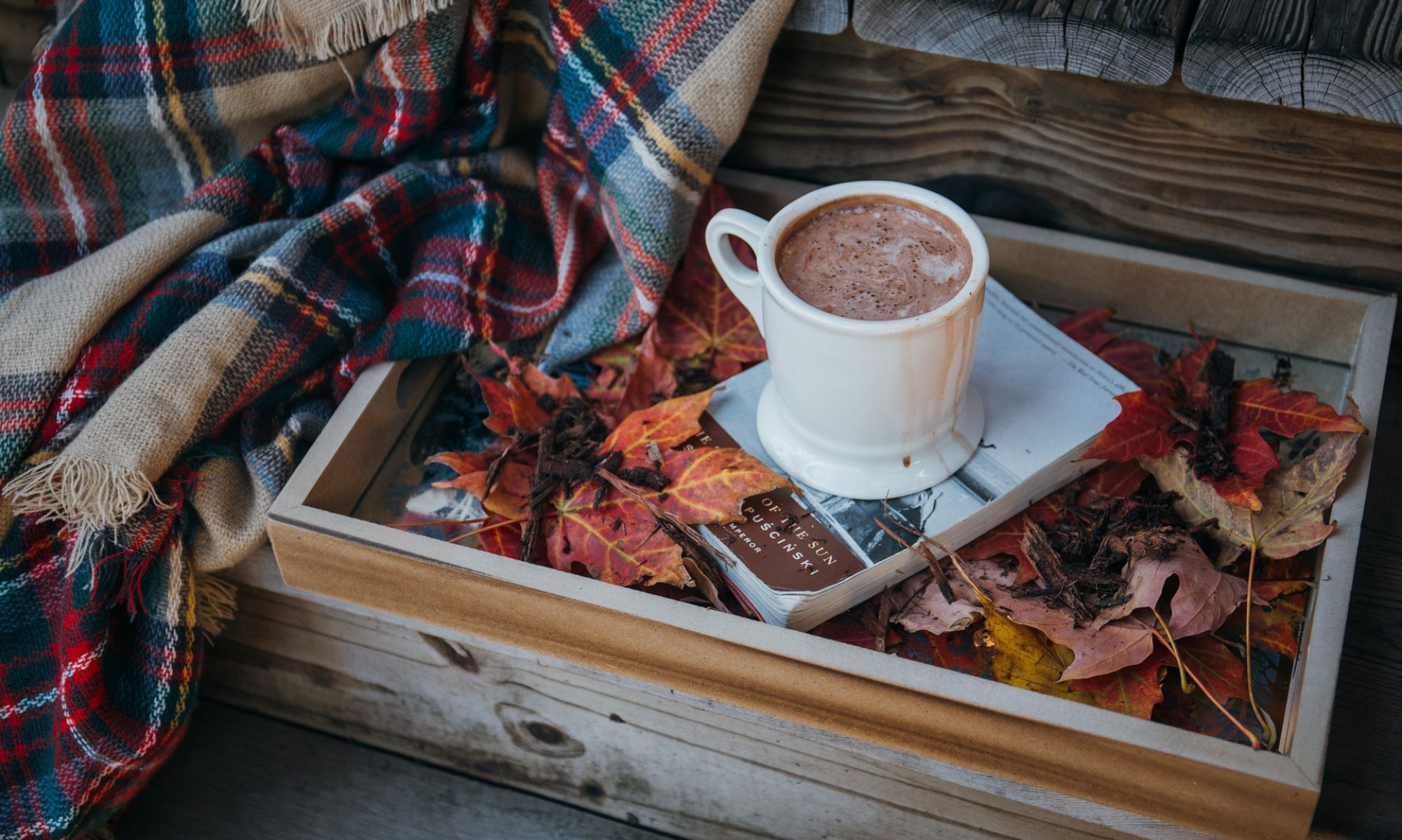Table of Contents
There’s something gently magical about the act of collecting, layering, and stitching together life’s soft moments. As spring unfolds outside—daffodils stretching, birds weaving their nests, light lingering longer each day—it offers an invitation not just to observe, but to gather, to reflect, and to create.
A nature-inspired junk journal is a tender way to do just that. Far from being “junk,” these journals celebrate the beauty of the overlooked: a seed packet, a scrap of paper, a pressed sprig of thyme. They become companions for slow afternoons, spaces for quiet creativity, and reminders that the simple things are often the most precious.
Whether you’re crafting one for yourself or as a gift for someone who treasures the thoughtful, here’s a guide to making a seasonal journal that feels rooted in the turning year.
What Is a Junk Journal?

A junk journal is an eclectic, handmade notebook created from recycled or repurposed materials—things like brown paper bags, old envelopes, tea-stained paper, fabric scraps, and packaging. The charm lies in the imperfection: the frayed edge of ribbon, the faded page from a gardening book, the thumbprint of glue on a paper doily.
When inspired by nature and the season, the journal becomes more than a scrapbook—it turns into a stitched-together song of spring. A companion for writing, sketching, collecting, and simply being present with the world around you.
Materials to Gather
Start with what you have. This is not about rushing to buy things—it’s about noticing what’s already waiting quietly in drawers, pockets, and garden corners.

Paper & Pages
- Brown paper bags (flattened and trimmed)
- Tea-stained printer paper or notebook pages
- Envelopes (especially with old stamps)
- Seed packets (used or empty)
- Wrapping paper scraps or tissue paper
Natural Elements
- Pressed flowers or herbs (try thyme, lavender, primroses)
- Dried leaves or feathers
- Bark or twigs (flat enough to press inside)

Embellishments
- String, twine, or fabric ribbons
- Buttons or beads
- Washi tape or wax seals (if you have them)
- Snippets from poetry books or vintage magazines
Binding Tools
- Hole punch or awl
- Needle and embroidery thread
- Binder rings or twine for a looser format
Optional but lovely: a warm drink and a cosy playlist to make the crafting feel like a ritual.
Putting Your Journal Together
1. Choose a Format
Your journal can be a stitched booklet, a ring-bound stack, or simply a tied bundle of folded papers. Don’t worry about perfection—this is meant to feel handmade and heartfelt.
2. Layer Your Pages
Mix textures: line a sheet of tracing paper with a pressed fern behind it. Add a brown bag page beside a patterned wrapping paper. Alternate plain writing pages with decorated ones. The joy is in the contrast.
3. Add Pockets and Hideaways
Create little places to tuck things in:
- Use half an envelope as a page and fill it with notes.
- Cut a square of fabric and glue two edges to make a pocket.
- Sew a button onto a page and loop a ribbon around it to close.
These become homes for ticket stubs, feathers, or lists of things that made you smile this week.
4. Stitch or Tie It All Together
You can stitch down the spine using a basic pamphlet stitch (three holes, threaded with embroidery floss), or punch holes and tie your bundle with ribbon or twine. Add a cover made from card, an old postcard, or more brown paper layered with lace or a dried leaf.
How to Fill It: Ideas for Gentle Content
This is where your journal becomes personal. There are no rules—just quiet possibilities.
- “What is awakening in me this season?”
- “Five small joys I noticed this week.”
- “A walk described only by scent and sound.”

Collections
- A petal from each flower that bloomed in your garden
- Favourite seasonal recipes written by hand
- A collage made of seed catalogues and grocery lists
Lists to Linger On
- Things I’m learning to let go of
- People or places I’m grateful for
- Books that feel like spring
Creative Pages
- A haiku about a rainy morning
- A sketch of your kettle or window sill
- A dried herb with its name handwritten below it
Why This Matters
In a world of digital everything, a journal like this brings us back to slowness. It’s a place to pause, to look closely, and to celebrate the unnoticed. As the seasons shift and life speeds up again, your nature-inspired journal will remind you to root yourself in the small, sacred things.
And when the pages are filled—or even if they never are completely—you’ll have made something that holds the light of spring, the quiet of a Sunday morning, and the unmistakable comfort of something handmade with love.
A junk journal is more than a craft. It’s a soft space stitched from scraps and seasons. A private place to be gentle with your thoughts, and to gather joy like wildflowers—one page at a time.

